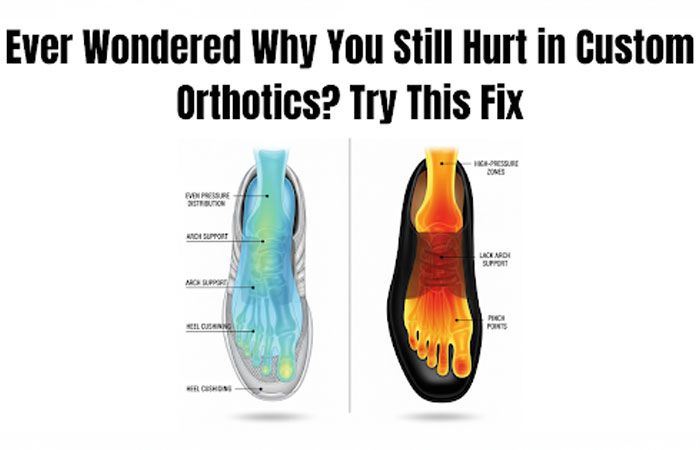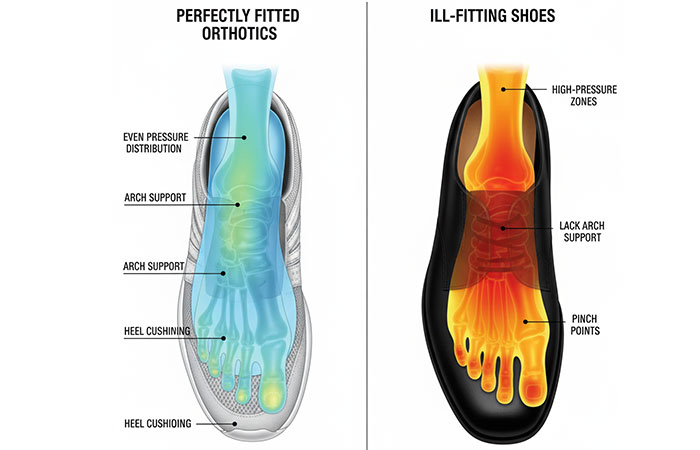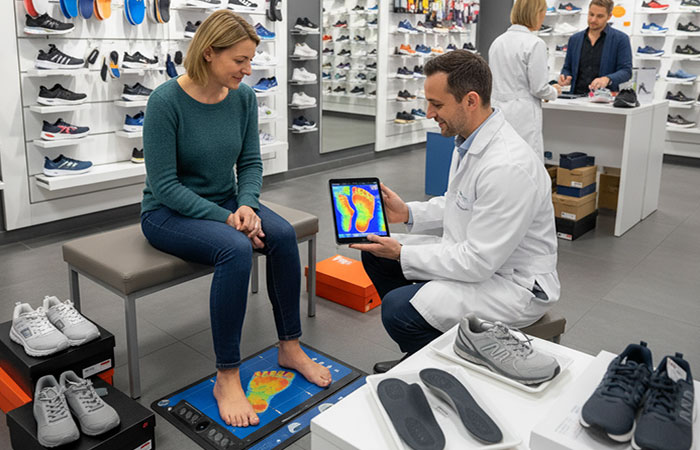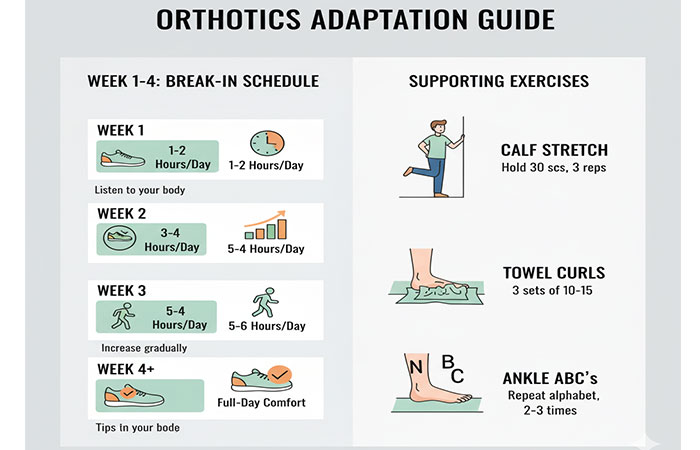

For anyone who’s ever invested in custom orthotics, there’s nothing more frustrating than expecting relief—only to end up with the same (or even worse) pain. In 2025, custom orthotics are more advanced, accessible, and widely recommended than ever. Yet, thousands still struggle with discomfort long after their initial fittings. What’s going wrong? Here’s an expert-backed guide to common issues, trending solutions, and new opportunities for pain-free walking—all designed for real people seeking lasting comfort.
Custom orthotics are indeed a game changer for flat feet, plantar fasciitis, arthritis, and alignment issues—when they’re right. But persistent pain may signal several problems:



Custom orthotics are powerful—when assessed, fitted, and used right. Still in pain? Don’t lose hope! Review your fit, upgrade your shoes, allow gradual adaptation, and address overall foot health. In 2025 and beyond, smarter orthotics, empowered patients, and proactive adjustments mean more people can walk, move, and thrive pain-free.